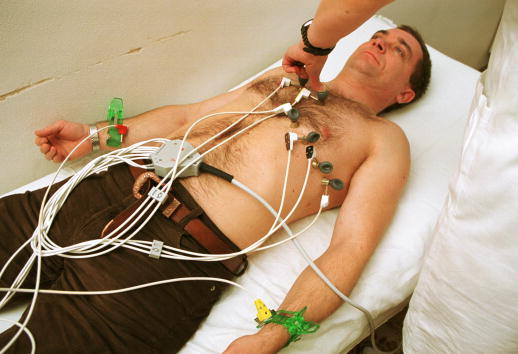
The findings of many clinical trials in heart disease are never published and their findings are never known to anyone outside of those running the study. In many cases, the studies are too small or the findings are too narrow and make no difference to the practice of medicine, or even to other researchers. Hundreds of millions of dollars have been squandered on this type of work, federal health officials acknowledge.
This happens in other areas of medicine, but is has been well documented in heart disease, according to an article in The New York Times. It is leading to an overhaul of how the federal government's National Institutes of Health (NIH) and its National Heart, Lung and Blood Institute (NHLBI) will fund much of the nation's research in cardiology. The result will be that resources will be focused on studies that will have real-world impact and life-or-death implications.
Researchers at the NHLBI discovered they had spent $2 billion on more than 200 clinical trials over 10 years, but results from about 40% of the studies were either never made public or were published only long delays.
Starting next year, the NHLBI will require that all results be reported in a federal database even if no journal publishes them. In addition to turning down financing for smaller studies, it is insisting that the costs of large studies go way.
But some people are questioning this new direction and do not want to see small exploratory studies go unconducted for lack of funding. "If you want to do things that are truly innovative and cutting edge, you sometimes have to do things that are high risk-high gain," said Dr. Steven A. Webber, a pediatric cardiologist at Vanderbilt University, told the Times.
A Yale study found more than half of studies funded by the NIH were not published in the 30 months after they were completed. A group at Duke examining more than 13,000 clinical trials of drugs found most had not reported results by 5 years after completion, even though the Food and Drug Administration requires reporting by 1 year after study ends.
